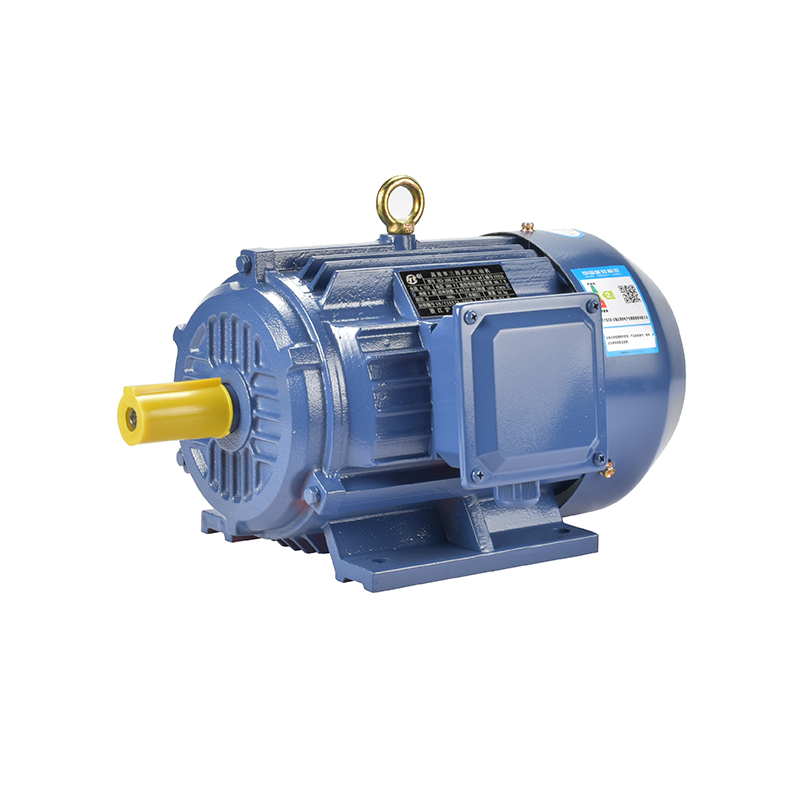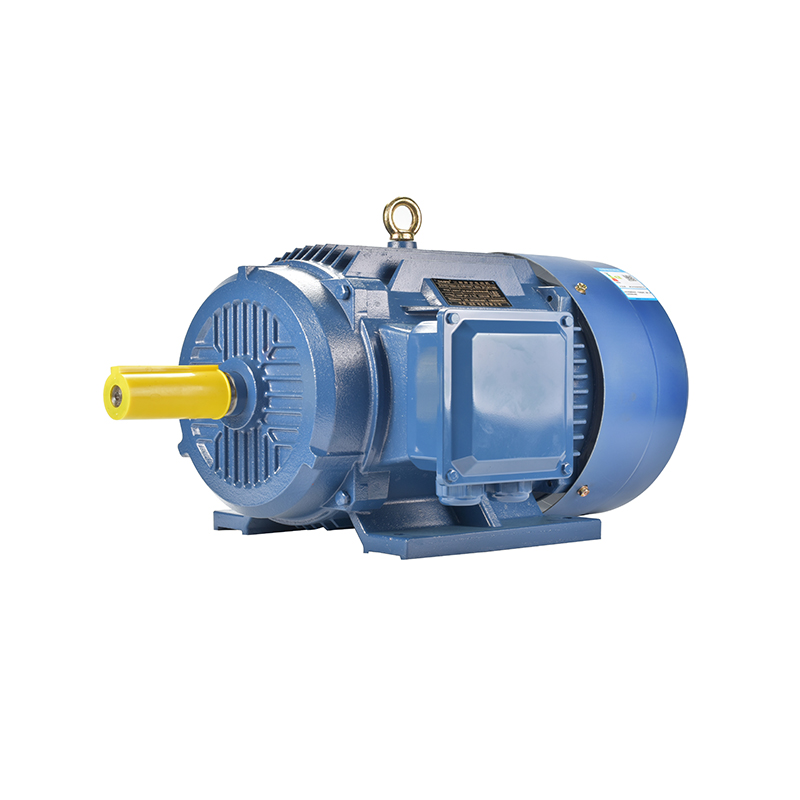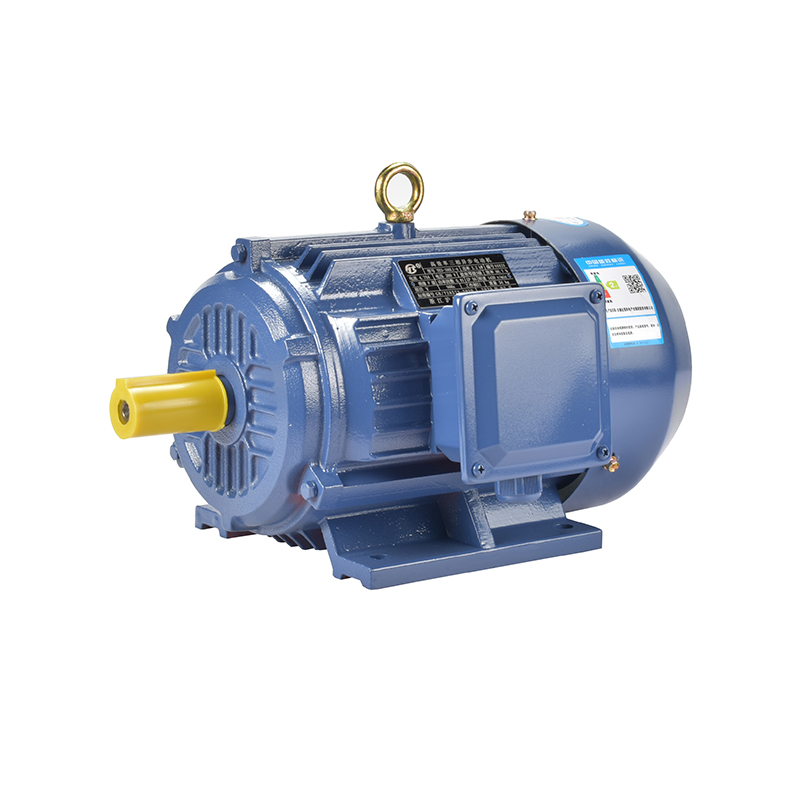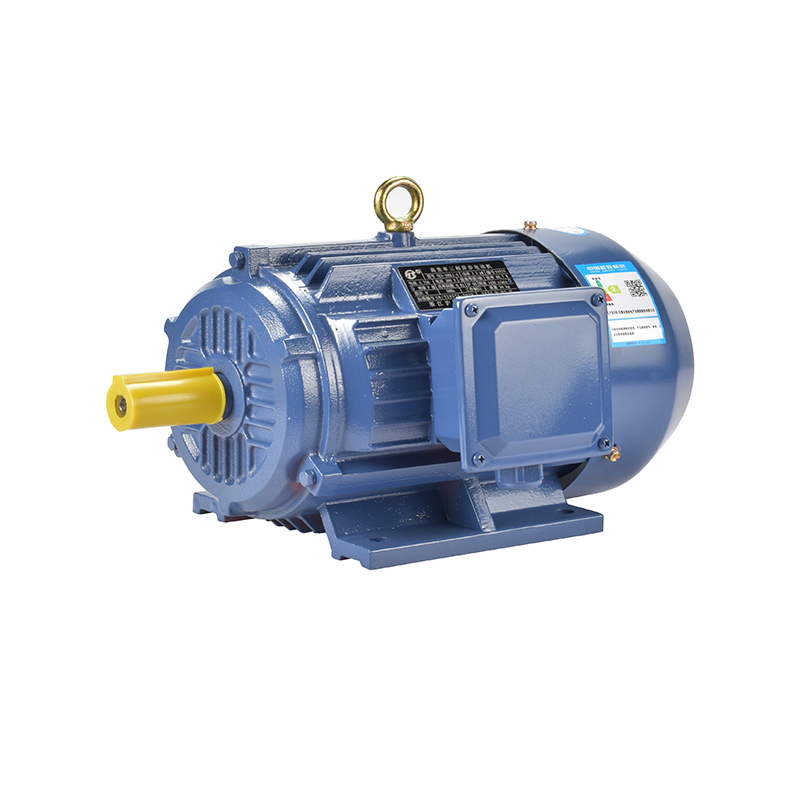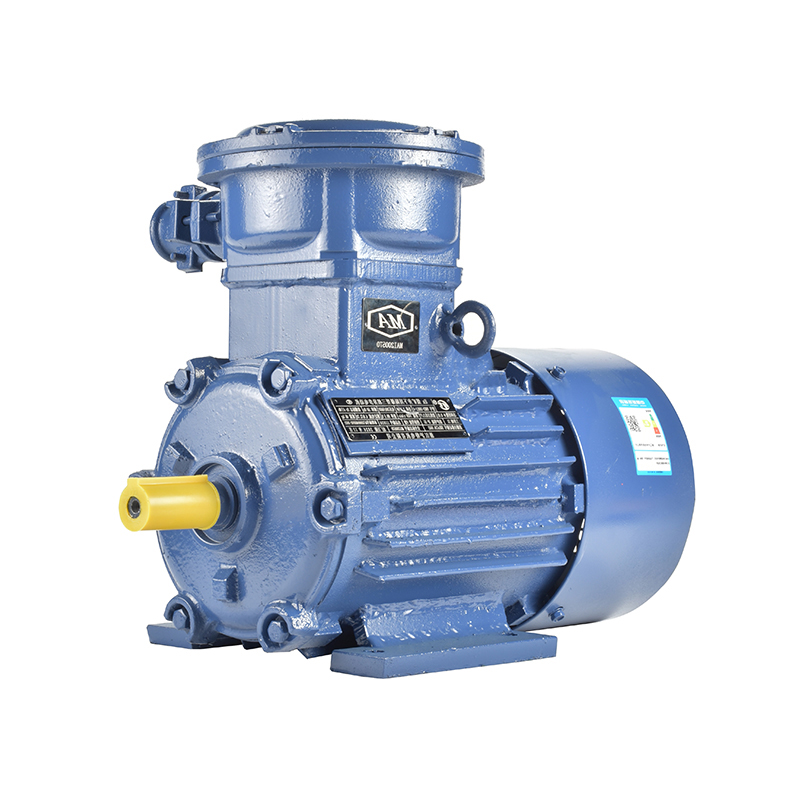New Trends Highlight Versatility Of Frequency Conversion Technology In Motor Systems
In recent years, the development of frequency conversion technology has introduced noticeable changes in how industrial motor systems are designed and implemented. A growing number of applications are now utilizing the Frequency Conversion Motor, not only for energy conservation but also for the flexibility it brings to different mechanical operations. With variable speed control and improved adaptability, these motors are finding their place in sectors ranging from manufacturing to infrastructure development.
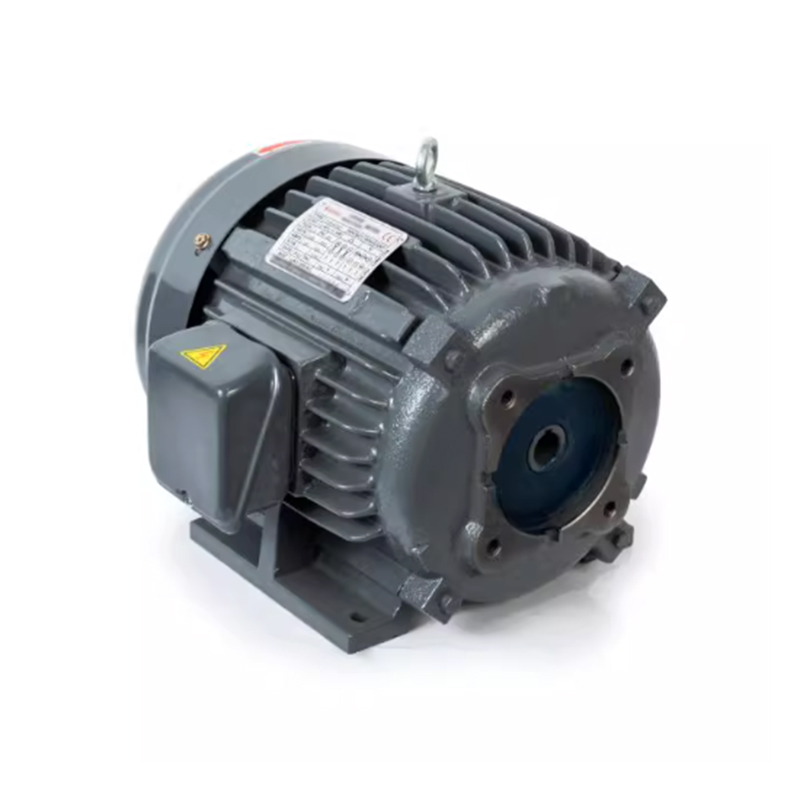
One significant area where frequency conversion technology has made an impact is in systems using the three phase ki motor. Known for its stable performance and balanced power delivery, this motor type has long been a staple in various industrial setups. However, when paired with frequency conversion systems, the three phase ki motor achieves a broader range of control, making it suitable for more sensitive or precision-based tasks.
The Frequency Conversion Motor works by adjusting the electrical frequency supplied to the motor, thus controlling its speed and torque. This mechanism allows for smoother startups and shutdowns, reducing mechanical stress and extending equipment life. With these capabilities, a Frequency Conversion Motor becomes a reliable component in conveyor systems, HVAC equipment, and water pumps. It provides a significant level of control that fixed-speed motors do not offer.
Recent installations across multiple industries show how these motors are being applied in new and efficient ways. For instance, assembly lines that once depended on basic speed motors are now using three phase ki motor units equipped with frequency conversion capabilities. This transition supports more accurate production cycles, especially where different speeds are required for different stages of the process.
Notably, the three phase ki motor with variable frequency integration is gaining ground in agricultural equipment as well. Irrigation systems, grain processing units, and ventilation fans all benefit from speed flexibility, which ensures operations run smoothly under different load conditions. The ability to scale output without changing hardware has become a valuable asset, especially in remote or resource-sensitive environments.
With new emphasis on reducing energy consumption and enhancing mechanical responsiveness, the Frequency Conversion Motor continues to find its way into unconventional fields. Small-scale workshops and commercial buildings have started to employ these motors in ventilation, cooling, and material handling systems. Their compact size and efficiency make them an appealing choice for operations where space or energy budgets are limited.
At the same time, innovations in the design of the three phase ki motor are making it easier to incorporate these systems into automated platforms. Integration with smart controllers allows operators to remotely monitor motor status and adjust settings in real time. This capability adds a digital layer to traditional motor use, opening possibilities for predictive maintenance and advanced diagnostics.
As industries look for more sustainable and flexible solutions, the adoption of the Frequency Conversion Motor is expected to expand. It brings the ability to fine-tune motor behavior to match exact operational needs without compromising reliability. In turn, the three phase ki motor remains a dependable foundation, benefiting from enhancements that increase its application range.
Whether in large-scale operations or smaller systems, the value of adaptable motor technology is becoming more recognized. With ongoing advancements, the Frequency Conversion Motor and the three phase ki motor will likely remain central components in evolving motor-driven technologies.
-
Feedback



 English
English русский
русский Español
Español عربى
عربى

